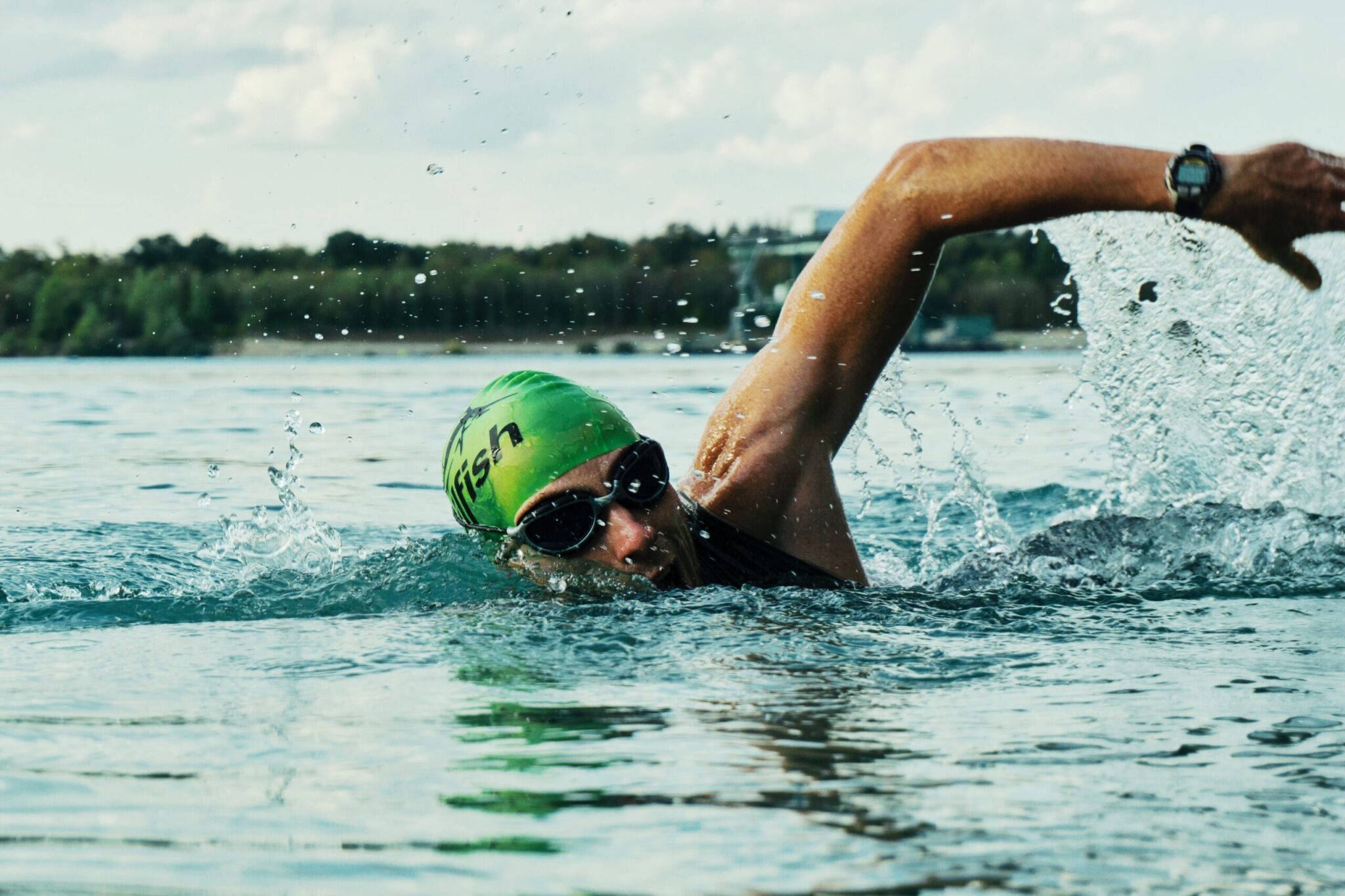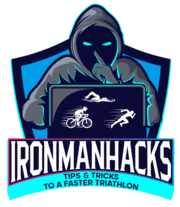I would bet you’ve heard the ideal cycling cadence is 90 and that the best running cadence is around 180.
But how about swimming? Do you take fewer longer strokes and glide, or do you take more, shorter strokes and keep the power on? Or a combination?

Read on for some insight into the ideal stroke rate.
| Hip-Driven | Shoulder-Driven | |
| Typical rates | 50-70 (25-35 each arm) | 85-100 (42-50 each arm) |
| Best for | Smooth water, athletes with strong kicks | Rougher water |
| Pros | More power & distance per pull, more efficiency | More time in propulsion phase |
| Cons | More speed variance and momentum loss in choppy water, so stronger kick needed | More tiring, more fitness needed |
- The ideal arm stroke rate depends on a number of factors, including experience level, fitness, and body type. However, a good starting point is to aim for a stroke rate of between 50 and 60 strokes per minute.
- There are different techniques in freestyle, such as hip-driven and shoulder-driven strokes, and then there’s the hybrid freestyle that elite swimmers often use. Each technique has its own advantages and disadvantages, and it’s important to learn and experiment with each to see which works best for you.
- Hip-driven freestyle generates more power for each pull, which may result in a slower stroke rate. With this technique, there are fewer propulsive forces from the pull, so without a strong kick, it can lead to greater fluctuation of the body speed.
- Shoulder-driven freestyle, on the other hand, demands a higher stroke rate and is better for reducing frontal drag, maximizing propulsion, and conforming to the law of inertia.
- There isn’t a specific stroke rate where the technique switches from hip-driven to shoulder-driven, but for the most part, stroke rates between 85-100 are considered shoulder-driven, and 50-70 hip-driven. Stroke rates between 70-85 are either hybrid or in the gray area of slow shoulder-driven or fast hip-driven.
- In either technique, the time spent in the propulsive phase is around .35 seconds, with .7 seconds of propulsion time per stroke cycle (if you combine the times of the left and right arms). In open-water swim, it’s important to maintain a more constant speed, and the steady propulsion from a six-beat kick may help. However, the amount of training and fitness level of the athlete can influence which technique to use.
- The best advice is to learn how to swim using both techniques and test your workout times and heart rates with each one to see which works better for you.
- Then do sets using all techniques, testing your workout times and heart rates with each one, to see which works better for you. If shoulder-driven freestyle seems to be faster, but tires you out too much, you may simply need to train more to reach your goals. Sustaining a higher stroke rate in freestyle requires time and commitment to achieve. It’s also well worth using a tempo trainer, like this one from Finis, in training to help you get used to different stroke rates when swimming.
Related articles:
-
Ideal Stroke Rate for Tri Swimming
I would bet you’ve heard the ideal cycling cadence is 90 and that the best running cadence is around 180….

Leave a Reply
You must be logged in to post a comment.